GBHS’s food waste epidemic: Do free lunches mean extra waste?
Public schools in California are now offering free lunches, but in affluent areas like Granite Bay, this free food is turning into extra waste.
The extra food at GBHS has led to more food waste and littering.
From 11:09 to 1:07 pm the number of lunch trays strewn across the campus of Granite Bay High School increases rapidly. In most of these trays the food remains practically untouched.
California’s 30 percent increase in budgeting for public schools has given all 6.2 million students the opportunity to have free lunches.
At 97.91 percent, Granite Bay has a significantly higher affluence percentile than the average city in California.
This high affluence percentile is representative of GBHS’ historically low percentages of students on free and reduced lunch assistance. In 2016 GBHS was ranked 1,352nd out of 2,578.
The increased demand and decreased workforce has impacted the food students see in their lunch trays.
“There are not as many people working anymore, and we also had to go from making about 350 lunches daily, to (now) over 1000,” food service worker Shalene Tirone said. “I see that students don’t have a variety to choose from anymore, they really only have two meals to choose from each day.”
Along with the increase in free lunch production, administrators, lunch service workers and students have noticed an increase in food waste.
Brandon Dolan, a senior at GBHS, recognizes the efforts of the staff and sympathizes with them.
“It’s disappointing to see people disrespecting the lunches that the faculty puts in effort to provide for us,” Dolan said.
The lunch choices being provided fluctuate every day. The menu includes: pizza, burritos, turkey deli’s, PB&Js, chicken sandwiches and cheeseburgers.
Dolan believes that the main reason students are discarding their lunches is because they are bored of the options being offered, but there are several ways to prevent that.
“I have a habit of making myself a lunch every night before school. It’s a responsibility of mine, and I encourage others to make it theirs,” Dolan said.
He also proposed how he would go about handling the free lunch program if he was capable of making the decision.
“This may seem harsh, but I think our school in particular should simply get rid of free lunches. I walk around the hallways, and just see boxes of food that have barely been touched,” Dolan said.
However, since this does not adhere to the guidelines that have been given to schools, the assistant principal, Lisa Stanley, has worked with the students of GBHS for other possible methods to prevent food wastage.
One of these methods was a plastic donation box. Students were given the ability to discard food that they did not want. Initially it did not seem like the box would be beneficial. As time elapsed the box began filling up drastically. The amount it was being used by students was becoming overwhelming.
“We tried to get the food into the right locations so that individuals could utilize it, and it could be accessible to those people,” Stanley said. “The downside to that though was, it was actually almost too successful for a single person to manage.”
Although the redistribution of food throughout the district became too cumbersome for a small administrative team, Stanley pushes students of GBHS to help discourage the wastage of food.
“I would certainly welcome any groups or clubs that want to help redirect these non-perishable items towards people that need them,” Stanley said.
Last year, a few groups of kids expressed their concerns regarding food wastage, and this year it is more necessary than ever for individuals to speak out and help their community.
“Small changes make a tremendous impact.” Stanley said.
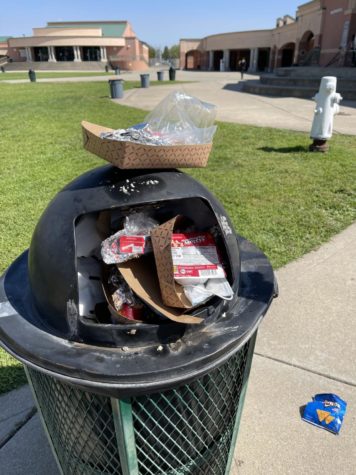
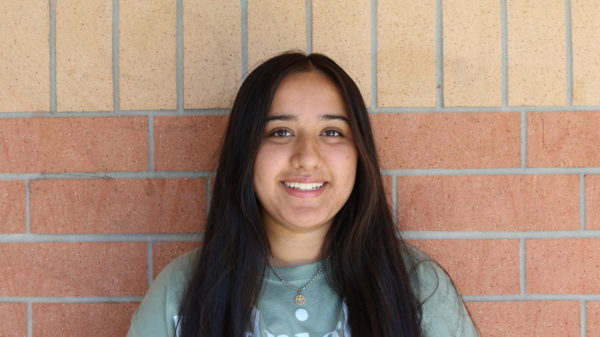
Saihaj is a senior and Assistant Features Editor. This is her fourth year on the Gazette staff.

Eternity is a sophomore, and this is her second year on the Gazette staff.



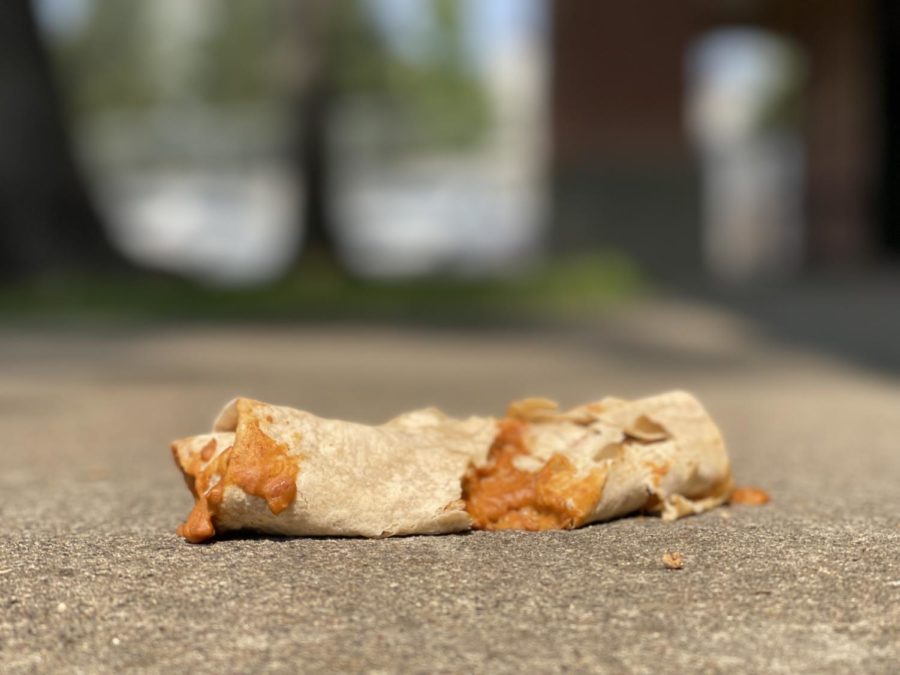
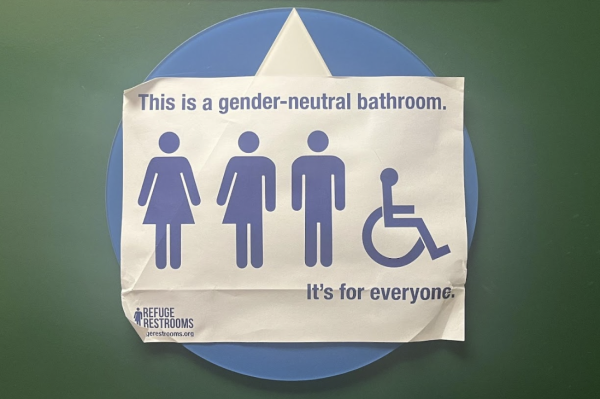

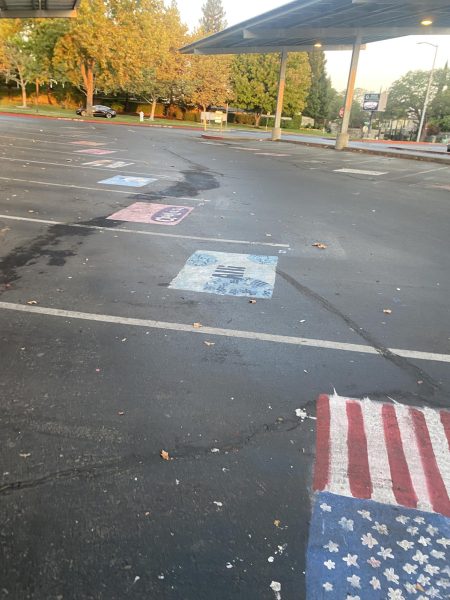



violet • Apr 22, 2022 at 12:11 pm
In this article i liked how the authors got the point of view (POV) from a student and how he thinks people should pay for the lunches because so many people just throw away their untouched food. The student says he sees lunches and boxes scatered around the campus all the time and that needs to change. I enjoyed the imput from students and the picture at the bottom really underlines how bad the waste really is.
Mason • Jan 11, 2022 at 9:13 am
The authors were very descriptive in their writing and provided a lot of numbers and evidence.
Mike • Nov 4, 2021 at 3:09 am
Not enough students pause and reflect the efforts it takes from the food to be grown, transported, and finally arrive ready to be consumed, only to have it carelessly thrown around campus, if you don’t want the food dont take it, no one will force you to take it.
MK • Oct 28, 2021 at 9:52 am
I have seen many students get a lunch and only eat one item and throwing the rest away. The food waste has become a major issue. I hope more students become aware of it as a problem.
reagan • Oct 28, 2021 at 9:50 am
I think we should create a organization or club that will gather the excess food and give it to places in need like the soup kitchen in downtown Roseville or local shelters.
gio • Oct 22, 2021 at 8:15 am
What are we supposed to do if we don’t want to eat the lunch?
Eternity • Oct 22, 2021 at 1:46 pm
Do not get the lunch from the lunch Bar. I would suggest bringing a Home lunch if you can!
Sara Berarducci • Oct 22, 2021 at 8:05 am
This is a really great article that provides insight on how much we all have, that we would waste food like it wasn’t worth anything. I agree that giving free lunches to all students has seemed to decrease the worth of food in our minds, now that we no longer have to pay for it. Great job!
sarah • Oct 22, 2021 at 7:58 am
ooooo nice
Paul Invierno • Oct 19, 2021 at 4:53 pm
Whatever happened to that unwanted food box?
Eternity Martinez • Oct 22, 2021 at 1:50 pm
The Staff in the office got rid of it because it was getting to full and they had no where to put it.